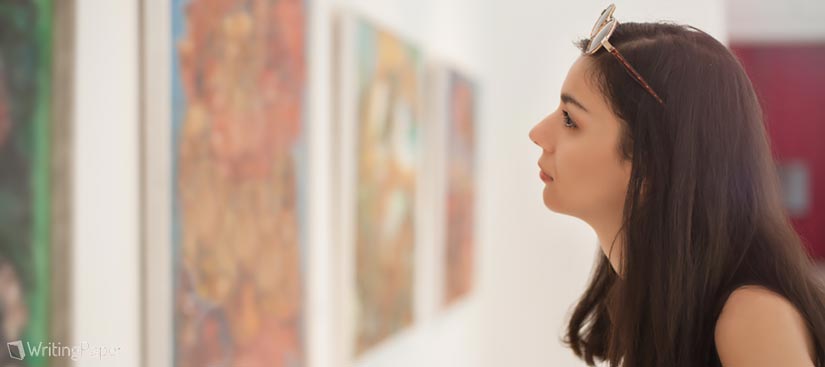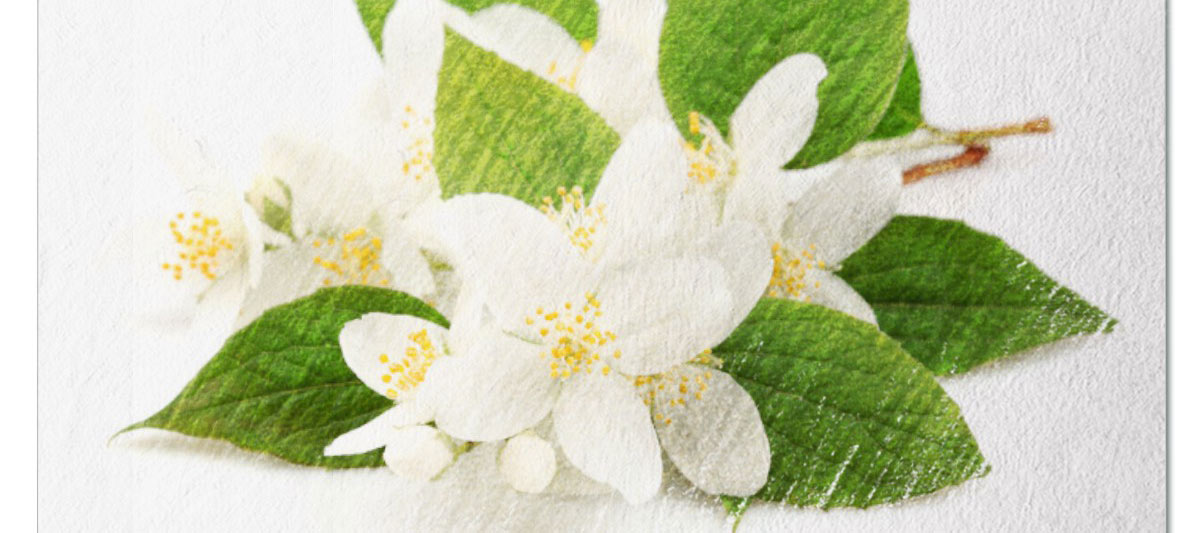
Indeed, writing an essay on paintings can be a tricky task. When having got an assignment to complete an essay on painting, you may think: “This is easy, I will need half an hour at most”. However, in an hour, you may realize that you are facing a sheet of paper with around 150 words on it, and you do not know what else to add.
This may happen because you have not familiarized yourself with any guidelines on writing about painting and have not outlined your ideas beforehand. Yet, it is necessary to pay some attention to such things as they may appear to be really helpful and save your time greatly. So, we advise you to check the following hints on managing your work and spend no more than an hour on your essay writing.
Below you will find a range of universal recommendations for your essay about a painting, which you can follow confidently regardless of the picture you are going to describe. They can help you define the most significant aspects of the painter’s work, understand its thrust and put all your ideas and conclusions on paper in the neat order. In addition, you can explore a few examples of how you should build your description and what is worth including in it depending on which particular picture you want to analyze and interpret.
Get Prepared
When you need to analyze a painting in the right way, you should get well prepared. Note that your preparation will include not only getting access to the image. Here are the points to consider:
- Discover the Facts
To get a proper impression about the picture, you should learn more about the epoch when it was created. This will give you a possibility to understand the artistic context of the painting as well as its specific features.
- Painter’s Works
It will also be a good idea to learn more about the other works of the painter, as well as about his or her biography. Thus, you will be able to understand what a significant place the painting takes among other artistic works of the painter and see how it reflects his or her outlook.
- Read About the Genre
Discover more about the genre of the painting and its characteristic features. This will aid you in understanding whether the painting was performed basing on the standards or it was a violation of the existing genre limitations.
- Find the Sources
There might be some scientists who have reviewed and written about the same painting. Discover their impressions and comments, because you can cite them in your paper as well.
A Structure of an Essay About Painting
Now, when you have obtained all the necessary information, start writing in the following order:
- Name of the Picture, Its Author and the Genre
This is an informative basis to be included. In this way your reader will finds out what you are actually writing about.
- The Story of the Picture Creation
Some masterpieces, mostly the ancient ones, have long and interesting stories about their creation. There may be even a few versions regarding one and the same painting. Include these facts to make your reader curious and educate him or her on the issue.
- What Is Depicted?
Now get concentrated on the object of your essay: what do you see in the picture? This part will be easy for realistic paintings and tough for modernistic ones. Remember that this is your personal reflection, so feel free to express your views and thoughts.
- Details
Look at the picture attentively: what details does it have? Try to write down your analysis on what the purpose of adding those details could be.

- Techniques and Motivation
Now, as you know the basic techniques applied within the time when the painting was being created, you may highlight the artist`s specific stylistic features and the methods applied to design the given image. Remember that everything has its motivation, so try to explain the choice of the painting techniques, the probable purpose and obvious result of the artistic work, the way the artist expressed the meanings. Try to disclose what stays beyond the elements of the painting, but do not go too far into your reflections as you might lose the general sense of your writing.
- Your Personal Impressions
To crown up your essay on painting, tell what your impressions about it are: how well the artist delivered his or her idea and whether you got the feelings the author might want you to experience. Avoid the words “good” and “bad”, and try to be more specific.
Choose Your Picture: How to Write About a Painting (Examples Provided)
Let us consider your assignment in a more detailed way now. We have already worked out the general approaches to describing a picture, but still you may come across certain difficulties which are mostly determined by the differences between various types of painting. What we mean here is the fact that the things you should focus more on and the structure of your essay on painting are tightly connected not only with the style of the work you have chosen, but also with its type.
To put it all simply, we are going to explore 3 main types of painting and think of their most remarkable features which can be easily analyzed in your paper. Besides, there will be a few tips on how to organize the essay of such kind and make it as informative and interesting as possible.
Landscape Paintings
A landscape always depicts the nature in all its diversity. In the picture there can be a winter forest or spring riverside, misty mountains or even a caravan in an endless desert. Depending on the style of such painting, you will see either an absolutely realistic scenery or, for example, a set of lines and figures which, we can say, encode or schematize the real image.
You should take into account one very important thing, which will be true for any picture you select to write about in your painting essay: when you are given the opportunity to describe any landscape you like, spend some time searching through numerous online galleries and find the one you understand well. You see, on the one hand, it may seem really easy to describe the picture when you see just some mountains and a lake in it. However, on the other hand, you need to explain why exactly this scenery has attracted you. It is fine if you simply like mountains. So, think why you would like the depiction of forbidding rocks more than that of the summer meadow. There definitely should be the reason.
From Theory to Practice: Ivan Aivazovsky and His “Sea View”, 1841
Ivan Aivazovsky, a Russian painter, is well known for his magnificent sea sceneries and especially sea gales. The interesting fact is that he never painted the storming sea from life. He memorized the picture he wanted to carry onto his easel and then painted every detail from his memory. However, the painting “Sea View” depicts a quiet night scenery when the tired sea is breathing peacefully under the goldish moonlight and a few small boats are rocking drowsily on small waves.
- Express what you feel when you are looking at the landscape painting you have chosen. Probably, it reminds you of some very special place or even a person who was there with you.
- Use comparisons and metaphors which can help you describe the picture much better and demonstrate your own impressions of it.
- Add some more info about this particular place and shed some light on how the painter’s life was or is connected with it.
Still Life Paintings

If you are going to draw your inspiration from still lifes to write your essay about painting, then you should pay more attention not to the objects depicted but to the combination of colors, play of light and shadows, as well as to the shapes and arrangement of these objects. Bet that when you hear the term “still life”, you imagine the classic painting with flowers and fruit in a big gilded vase with many volutes. But we are going to come up with something really extravagant.
From Theory to Practice: Georges Braque and His “Violin and Candlestick”, 1910
If you have never seen this perfect example of Cubism before, you might imagine a romantic and, maybe, somewhat melancholy picture with a normal violin and a normal candlestick. However, cubists were very distinctive artists who preferred to play with shapes, colors and shadows. What you will see in Braque’s masterpiece can make you think of the complex collage of blurred figures and shapes among which you will probably discern two violins, a candlestick with a candle, even a shape of a person and many other things which thematically can hardly be related to violins and candles.
Besides a very unusual presentation of rather ordinary objects, one of the most remarkable features of this painting is its palette. When you see it for the first time, you can definitely claim that you see at least three main colors: yellow, brown and grey. Yet, you will be surprised to find out that it is painted in the so-called monochromatic style: all colors you see in the painting are hues of only one particular color.
“Violin and Candlestick” is one of those special masterpieces in which everyone of us can notice different things, tones and moods which, in their turn, will make us experience different feelings.
- Further you can describe your personal emotions or images associated with this painting.
- A violin and a candlestick are very meaningful symbols, so you can muse over why the artist depicted them.
Portraits & Self-Portraits
Even though you are sure that you know how to write an essay about a painting, it can be quite challenging to describe portraits. Most of them depict rich people or monarchs who ordered the paintings, so an artist’s task was to portray their customers in the best possible way. On the other hand, portraits keep the spirit of the age when they were created. We can learn a lot about the way people dressed as well as about some aspects and elements of their everyday lives.
Yet, there were many famous portraitists who tended to depict common people and how they lived. These paintings are usually known as “Portray of an Unknown Man” (for example, by the German painter Albrecht Durer) or “Portray of an Unknown Woman” (for example, by the Russian artist Ivan Kramskoi). Probably, such works reveal the artists’ unique styles in the best way, letting them paint different faces as they want to paint them, putting certain emotions and moods in their heroes without trying to add anything that does not belong to them.
From Theory to Practice: Gustave Courbet and His “Le Desespere”, 1845
It is claimed that the artist really liked this very portrait of a young man who looks desperate and frightened. However, he has a handsome face, deep black eyes and the mixed expression of horror and despair does not make him scary or ugly. When you are looking at the painting, it seems that you can read the mind of this young man: he is thinking to himself “What have I done?” or “How could it all be like this?”; and you can even notice how all his thoughts are bouncing around in his head.
The portray is very realistic. The young man is depicted in motion, with his hands over his head and a scream congealed on his bright lips. At the same time, he looks bewildered, as if he did not know what he should do next.
- You can try to invent a short story and meditate on why this man has this desperate expression in his eyes.
- Pay attention to the play of contrasting colors and think how it helps to depict the emotions of the portrayed man.
